Top stories of 2023 #12: Mystery solved: the stone ruin on Silverado Trail at Lodi Lane
By Mariam Hansen
As 2023 draws to a close, we're dedicating the final two weeks to a retrospective countdown of the year's most-read stories. Spanning a broad spectrum of subjects, these pieces mirror the varied curiosities of our audience and pave the way for an exciting 2024. Join us as we revisit these highlights.
Original run date: Sept. 5, 2023
ST. HELENA, Calif. — If you're like me you have always wondered about the stone ruin on the Silverado Trail at Lodi Lane. Is it either a winery or a house? According to John Weinberger in 1953 as quoted in the St. Helena Star, "It was built in 1873 for a warehouse in which to store baled hops. When the roof collapsed this weakened the walls and they were pushed over. When the highway was built other portions of the building had to be removed, and now only portions of the walls remain."
Hops were a large crop in the Napa Valley from the 1870s to 1910s. The grower near to this building was Abraham Clock.
Clock was known as the “Pioneer Hop Grower.” He began life in Portland, Maine in 1819. His father died when he was 8, and he had to help his mother with the family. In 1833, when he was 14, he went to Boston with his brother, Benson, to learn ship carpentering. When he was 22 in 1841 he married Sarah Sterling in the suburb of Chelsea, Boston. On the Penobscot River near Lincoln, he worked as a lumberjack. By 1850 he is found on the census to have a 60-acre farm in Tompkins County, New York, with 40 acres planted to wheat, corn and oats. The farm had two horses, five milk cows and other cattle.
Gold fever struck Clock and he headed to San Francisco, and then to mine in the Sierra Nevada. He eventually went to Virginia City, Nevada and was there in 1865.
He came to St. Helena in 1867 with plans to grow hops. He started by renting the rich bottom land near the Napa River at Pope Valley Road (now Pope Street) from David Cole. The 1870 census finds the family living in the Pope Street area. They had adopted two daughters: Maude and Grace.
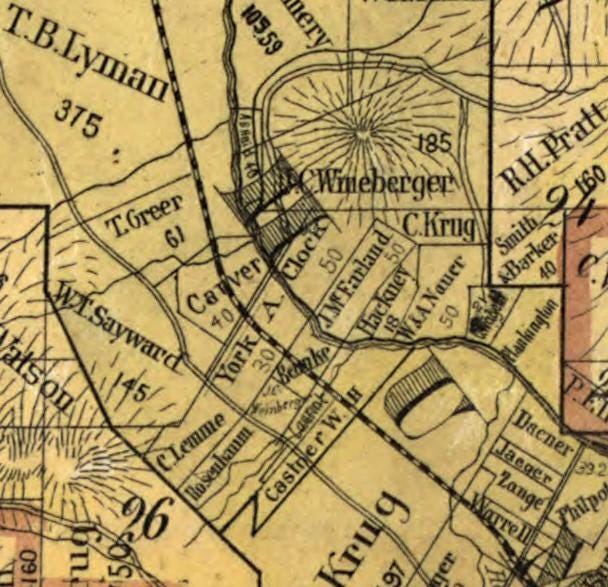
The first year Abe planted 15 acres and harvested a fair crop. The market prices were low, so he did not make much money and a less energetic man would have given up.
After 1871 the quality of California hops became known, and he made a handsome profit. From the 15 acres he gathered more than 10 tons, selling on average 60 cents a pound or $12,000. (Source: Historical & Descriptive Sketchbook of Napa, Sonoma Lake & Mendocino Counties, 1873.)
Robert Montgomery sold 50 acres on Lodi Lane to Clock in 1871. This property straddled what is now the Silverado Trail, running along Lodi Lane. Abe planted 30 more acres in hops. Building a large concrete drying house two stories high was his next feat.
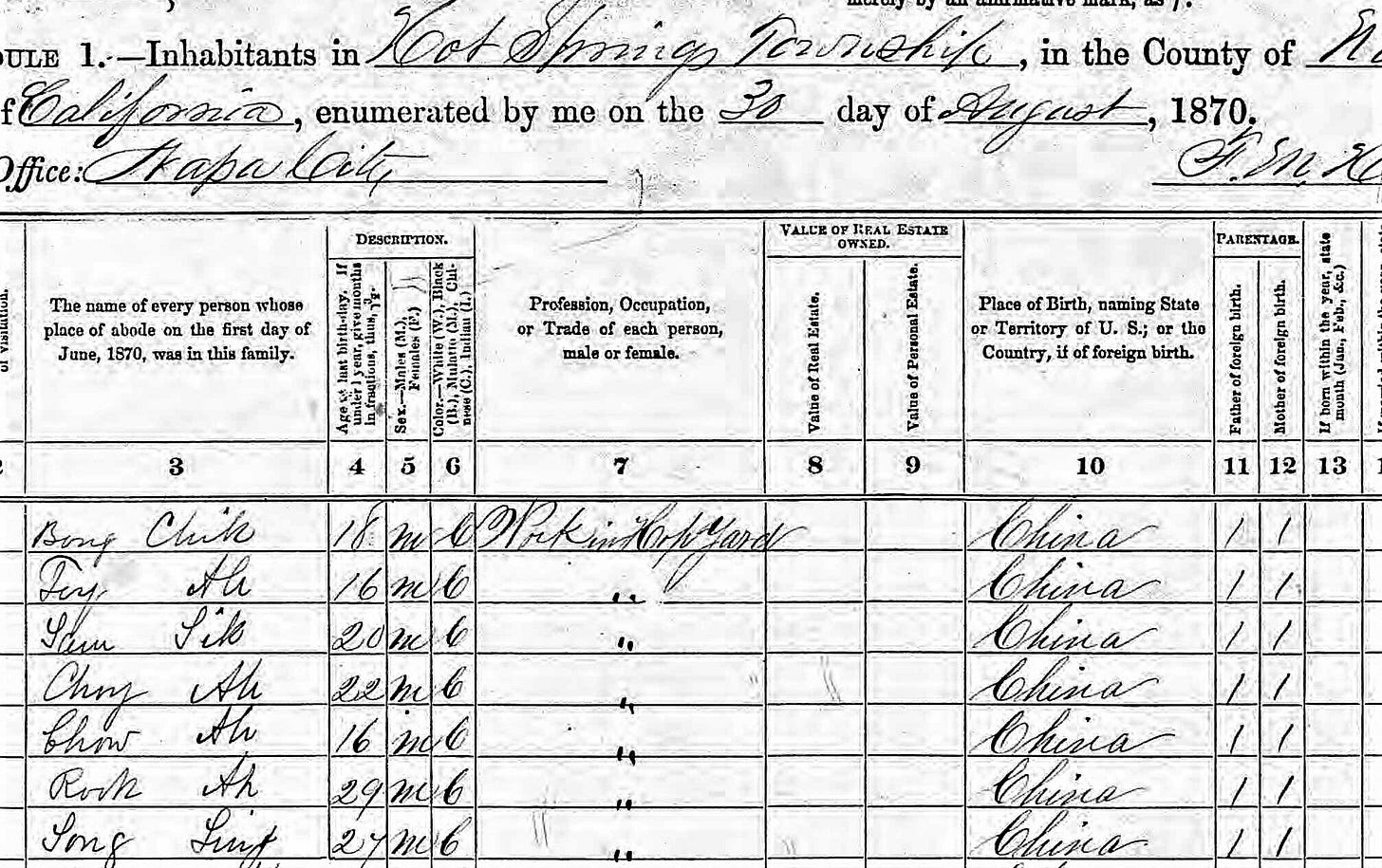
The name of Abraham Clock is in the history books for his actions on Sept. 25, 1874. This was the day that the first edition of the St. Helena Star was published. That day he walked into the newspaper office and plunked down a $20 gold coin. He departed without the change due him as the astonished editor watched him leave.
For the 1876 Philadelphia Centennial Exposition, Abe sent a sample of his “Strawberry” hops variety to be judged, not expecting anything to come of it. He only hoped to promote hop-growing on the Pacific Coast. P. Weilbacher, secretary of the National Brewers Association, sent him the news. He had received first place award for best hops at the exposition. Second prize went to P.S. Risley of Waterville, New York and third to A.S. Murphy of Cooperstown, New York. Storey Brothers of Rutherford also received a medal.
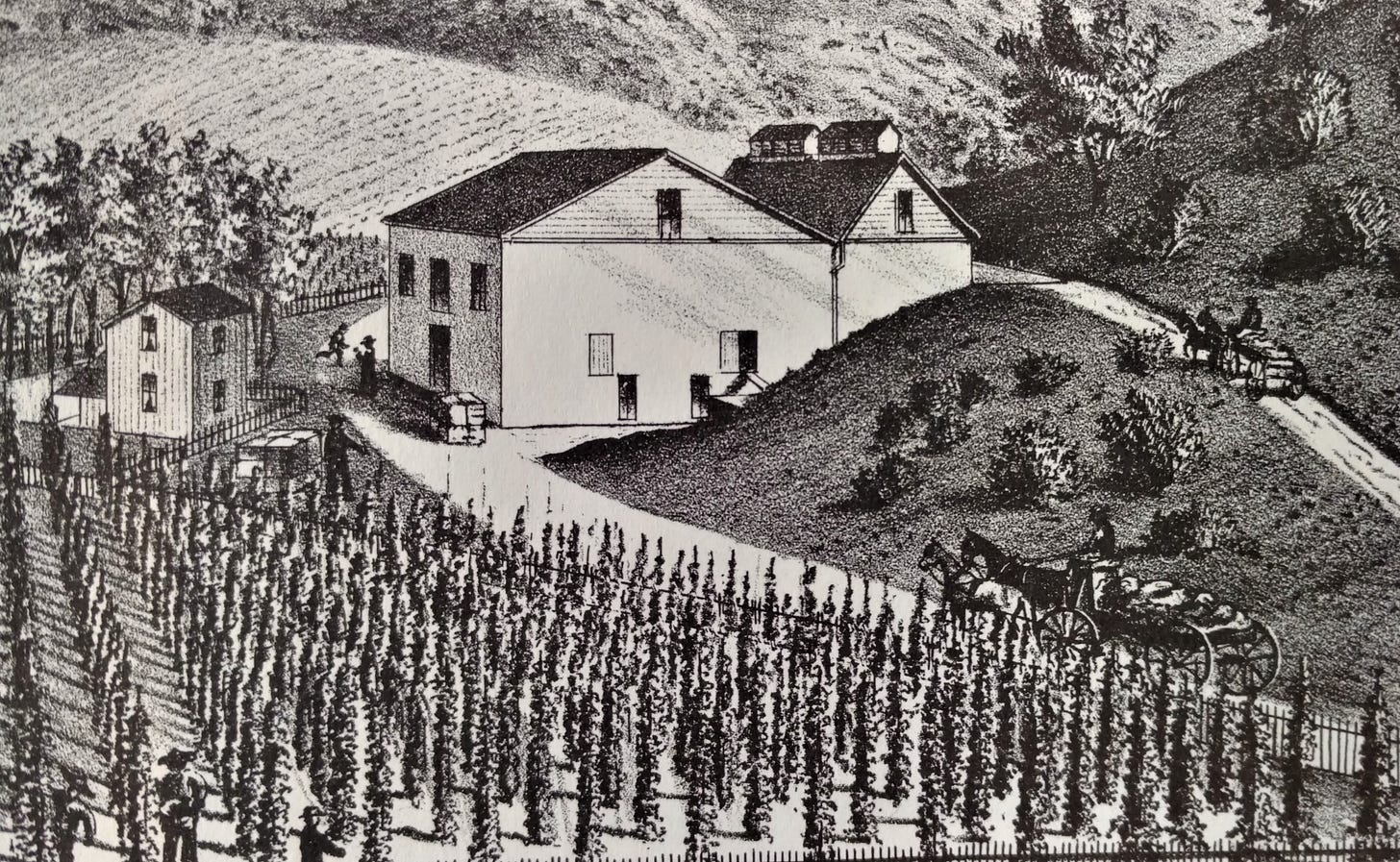
On the road to Berryessa Valley (there was no lake) in 1878 Abe had an accident and suffered a severe head injury. He was not the same after that. He thought that he was enormously wealthy and that his neighbors were trying to take advantage of him. He attempted suicide. Henry Pellet was named guardian of Abe’s estate. In November 1881, Clock was examined by two doctors for insanity, found to be unable to care for himself and committed to the Napa Insane Asylum (Napa State Hospital).
Two years later, Abraham died on March 31 at age 64. A large funeral was held at the Presbyterian Church officiated by the Rev. Mitchell. Pallbearers were Charles Krug, D.B. Carver, William Peterson, Henry Pellet, Seneca Ewer and Daniel O. Hunt, all of whom were leading citizens of St. Helena. Those who served in this role is evidence of the respect St. Helenans had for Clock.
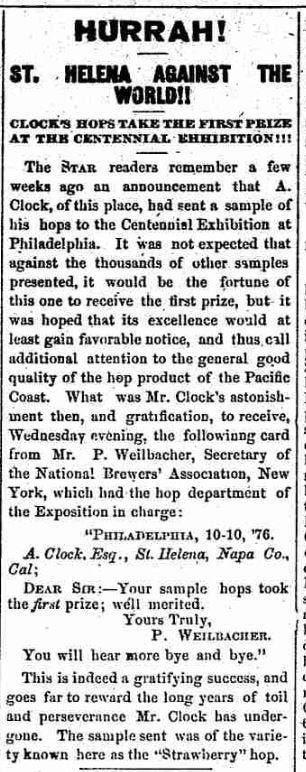
The court ordered final discharge of guardian’s duty of Henry Pellet for the estate of Abraham Clock, an insane person, in October 1883. Maude Clock became a teacher and started teaching at Carneros Creek School. In 1900, Sarah and her two daughters, Maude and Grace, were living in Oakland, where Sarah Sterling Clock died in 1901.
Mariam Hansen is the research director for the St. Helena Historical Society.






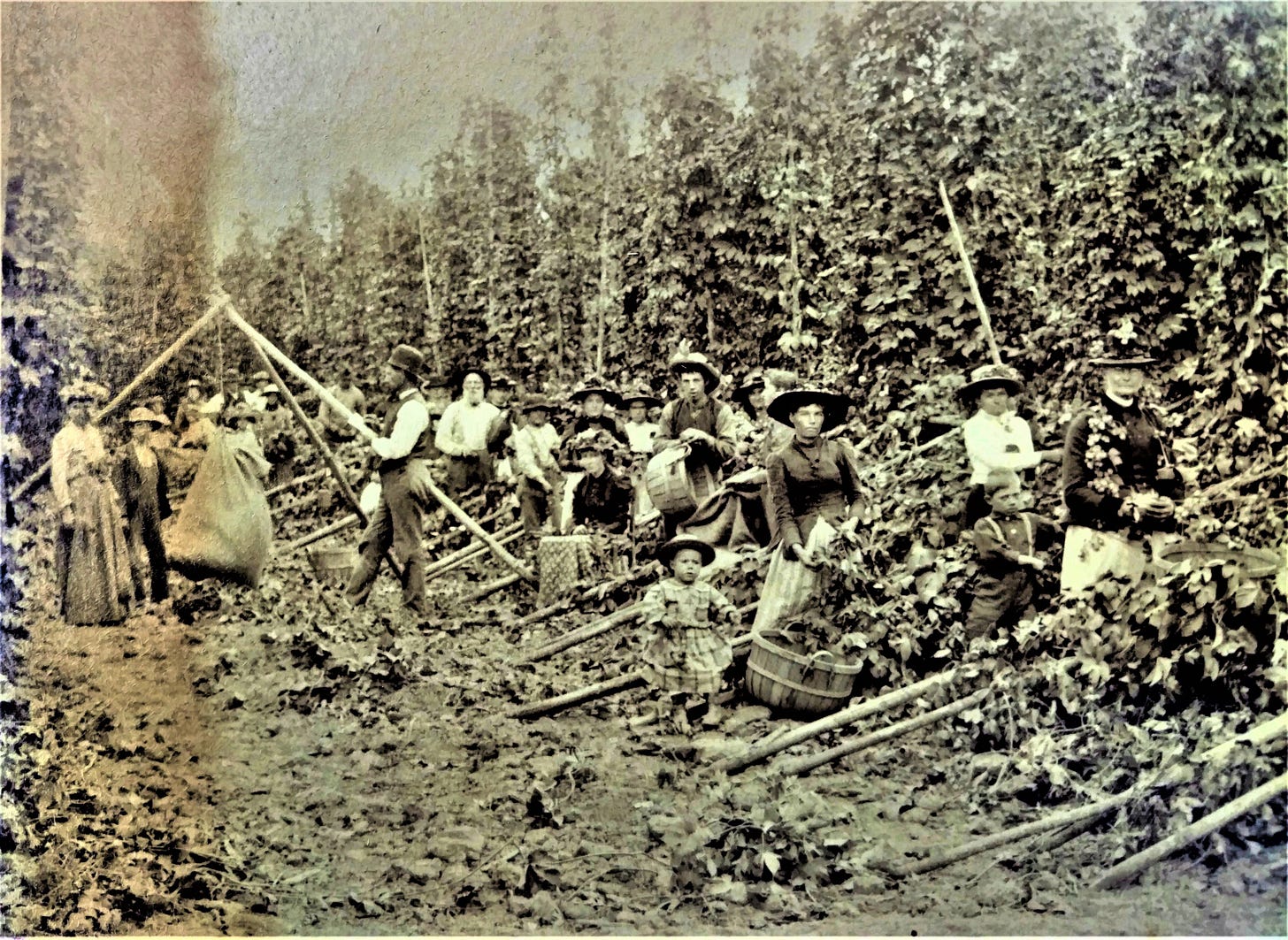
Clock ruin story is well-deserving among year’s best. I pass that crumbled edifice at least 5 times a week and have always wondered about its past. Thanks to Miriam. Well researched and written.